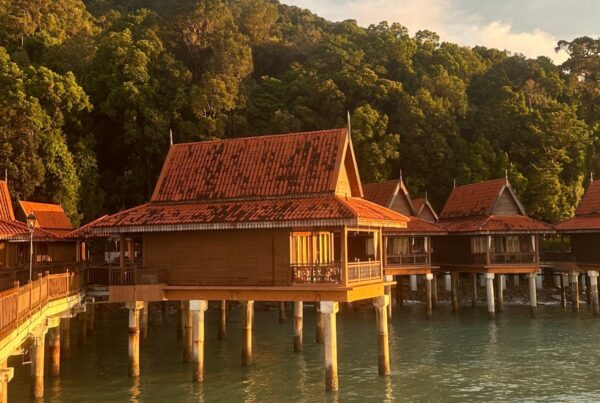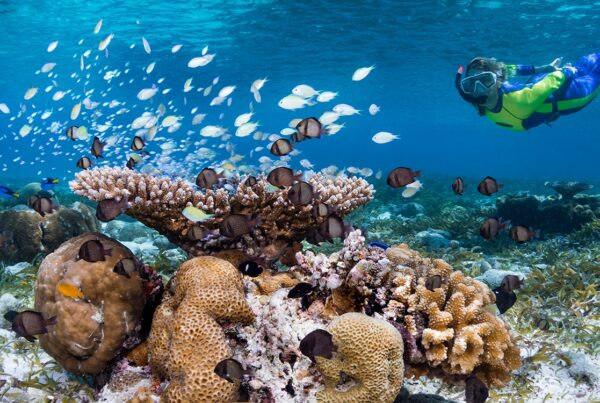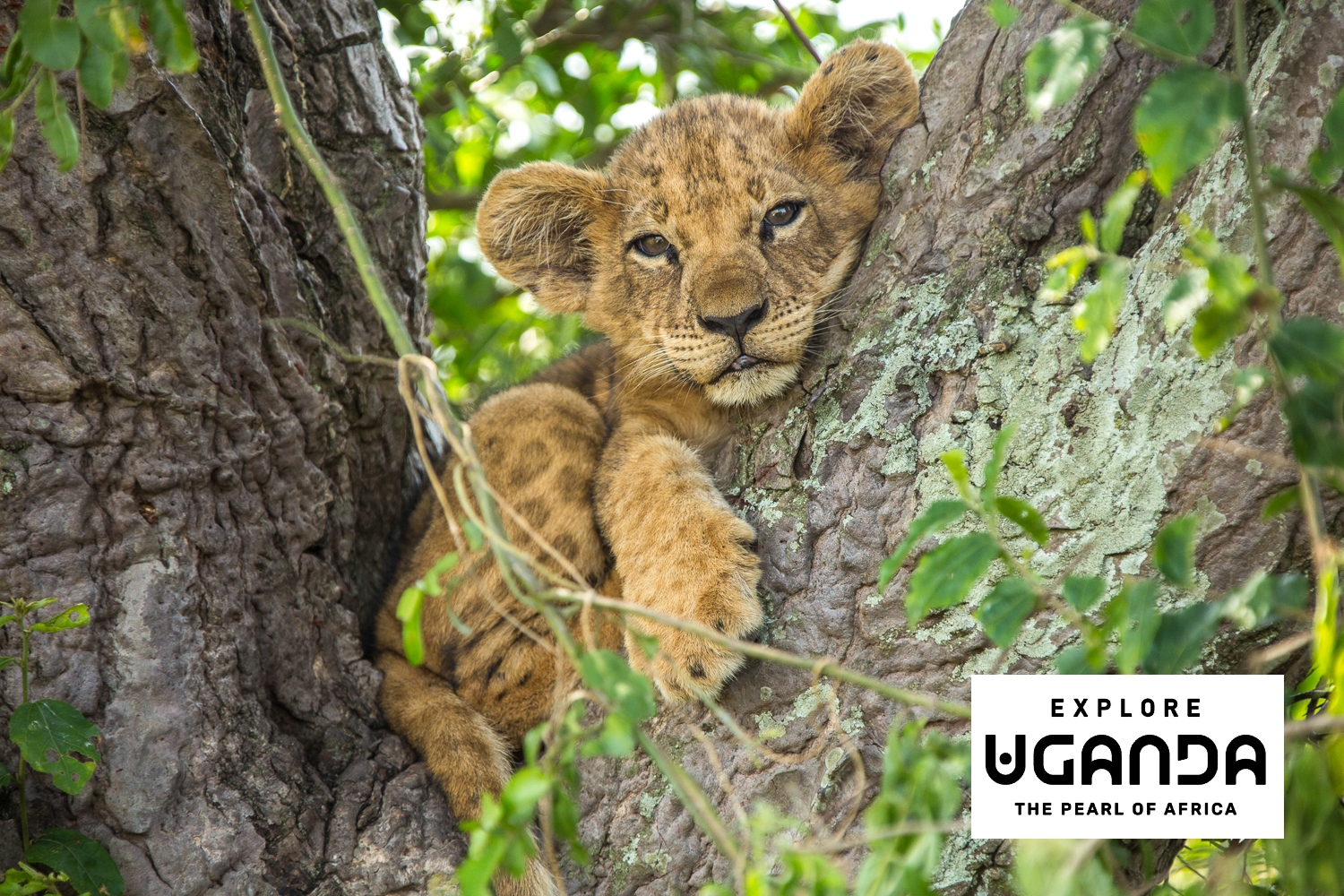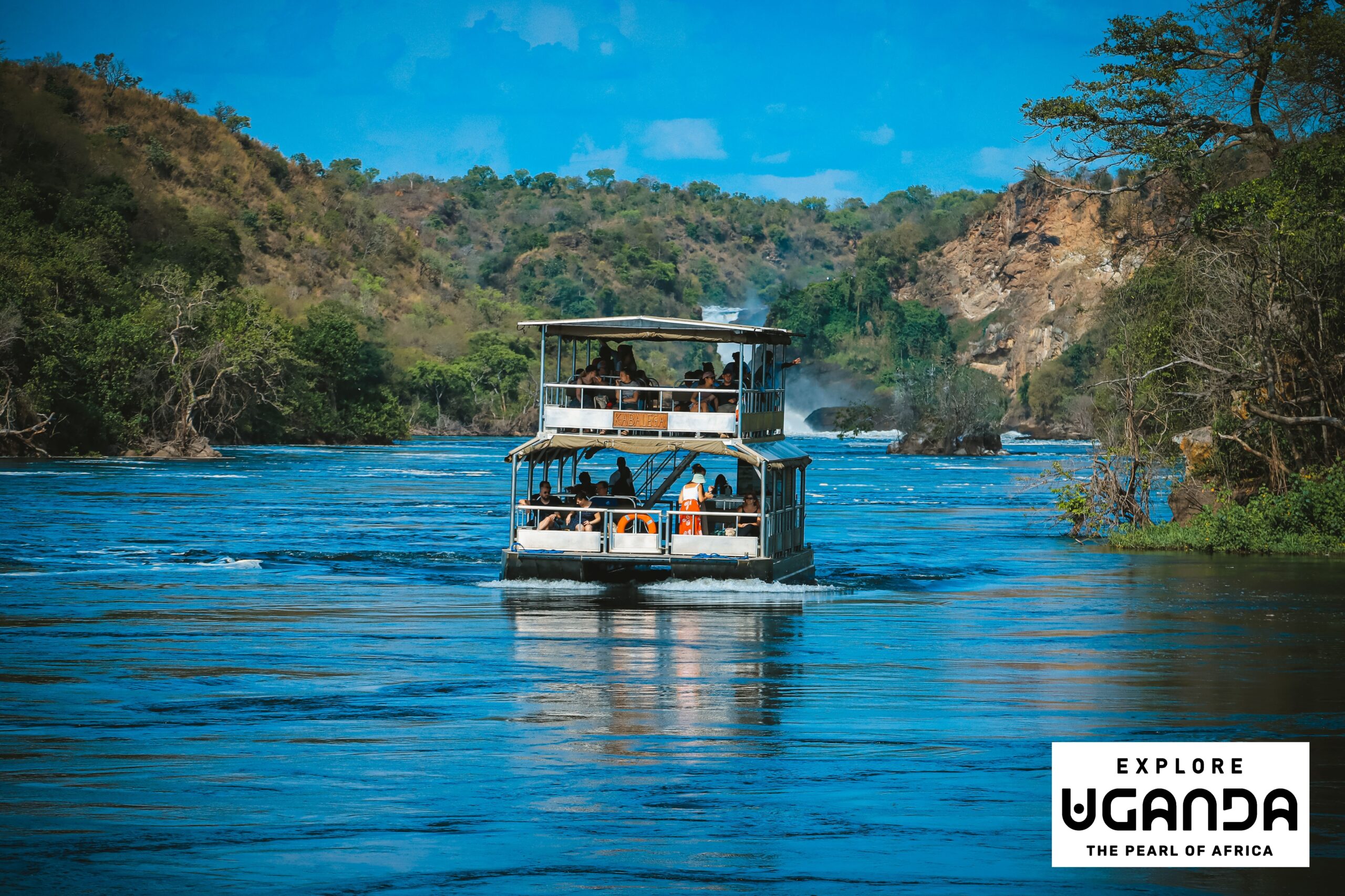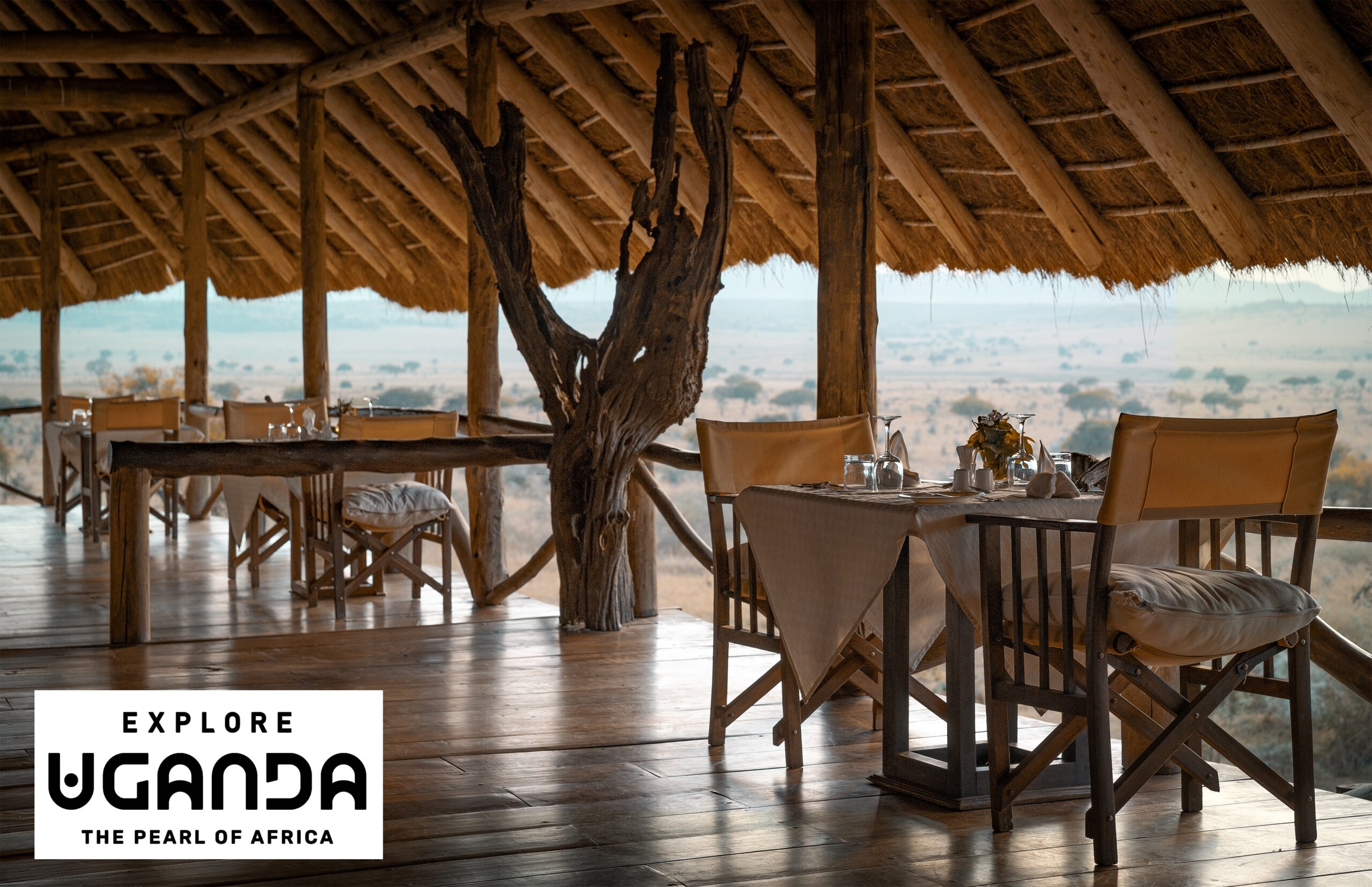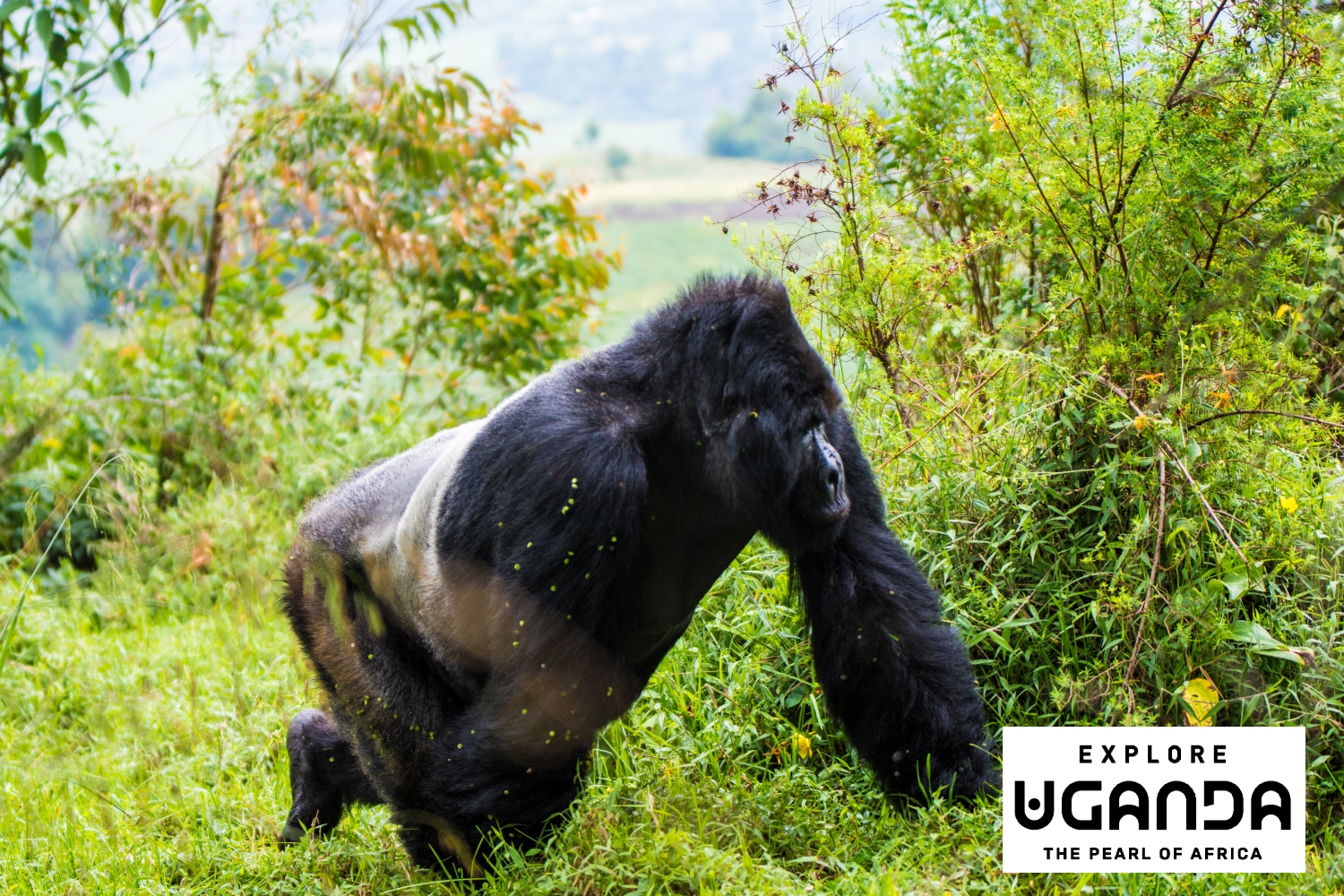In the Andaman Sea, off northwest Malaysia and close to the Thai border, lies an archipelago of 99 islands: Langkawi.
Known as the Jewel of Kedah, it is easy to see why.
The main island stretches from coast to coast in less than an hour’s drive, blending beaches, rainforest and rice paddies into a scene of natural tranquillity.
When I last visited Langkawi 20 years ago, it was already known for its natural beauty and laid-back charm. Returning in September, I was struck by how little has changed, in the most wonderful way.
While many island destinations have succumbed to rapid development, Langkawi has managed to retain its tranquil essence.
The towns of Pantai Cenang and Kuah are lively and bustling, with the kind of restaurants, bars and shops you would expect in a well-loved holiday spot, but once you leave the main centres you are soon surrounded by rainforest, rice paddies and traditional kampungs where life moves at a slower pace. Locals still travel by moped and the sound of cicadas fills the warm evening air.
There has, however, been significant investment to create Langkawi’s headline attraction, the SkyCab cable car and Sky Bridge, which is a must-do experience for any visitor.
Langkawi’s SkyCab is among the steepest cable cars in the world, soaring from the rainforest floor to the top of Gunung Mat Cincang, Langkawi’s second-highest mountain.
The ride is both thrilling and memorable, revealing sweeping views of emerald hills, the turquoise Andaman Sea and even the distant coast of Thailand on clear days.
At the middle station, visitors can step out to experience the Eagle’s Nest, a glass-floored platform that extends dramatically over the cliff edge.
It is not for those afraid of heights, but standing above the canopy with panoramic views of the island is an experience to remember.
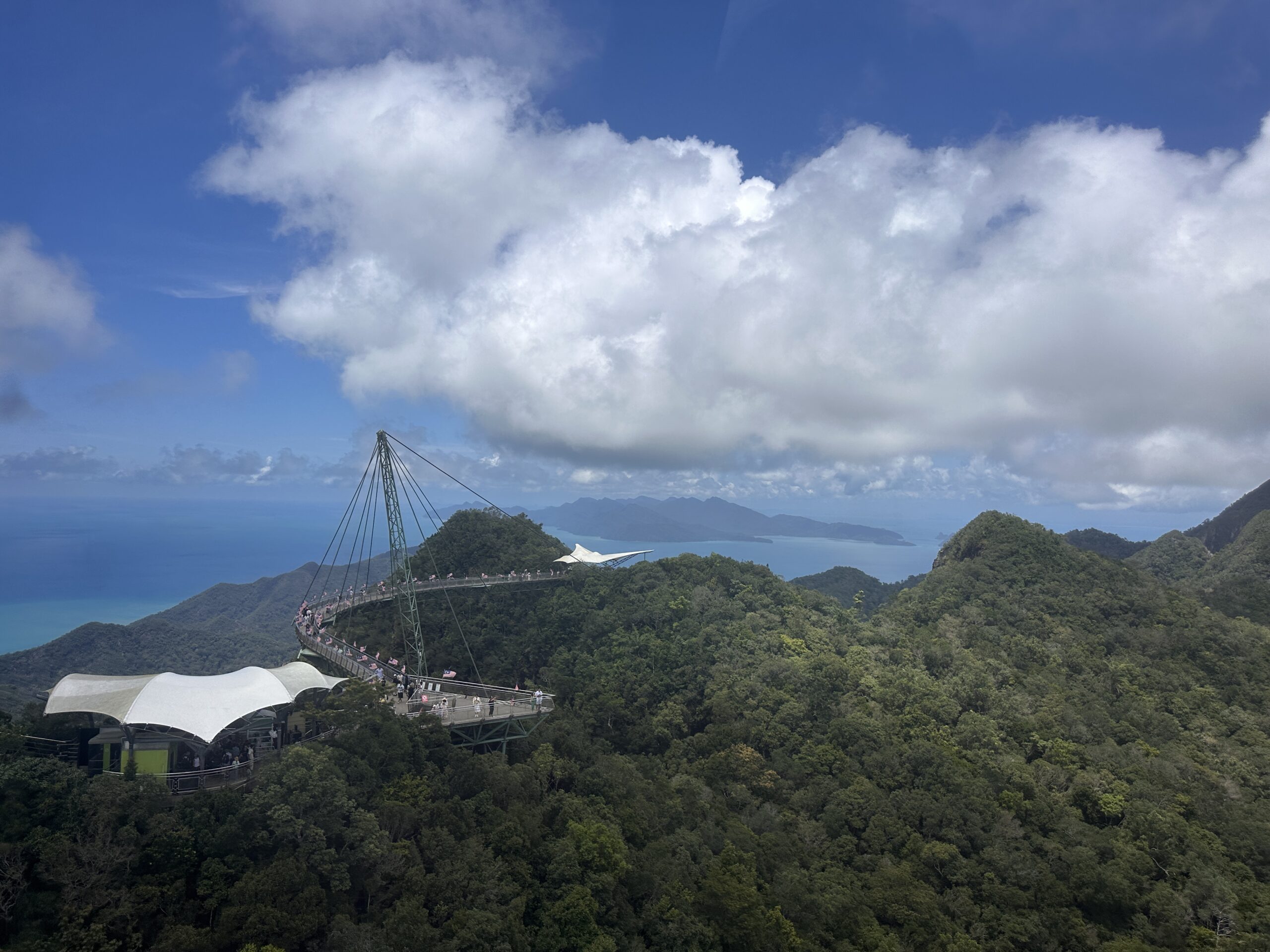
Continuing upward, the top station leads to the famous Sky Bridge, a curved 125-metre pedestrian bridge suspended between two mountain peaks.
Walking across its glass panels feels like floating above the jungle.
The bridge can be reached via a 10-minute walk down and back up a steep trail, or by taking the SkyGlide inclinator, which carries visitors down to the bridge for a small extra charge.
If you only have time or budget for one add-on, I would recommend choosing the Sky Bridge over the Eagle’s Nest.
The views are unmatched, offering an impressive 360-degree panorama of Langkawi’s dramatic landscape and the sea beyond.
Continuing upward, the top station leads to the famous Sky Bridge, a curved 125-metre pedestrian bridge suspended between two mountain peaks.
Walking across its glass panels feels like floating above the jungle.
The bridge can be reached via a 10-minute walk down and back up a steep trail, or by taking the SkyGlide inclinator, which carries visitors down to the bridge for a small extra charge.
If you only have time or budget for one add-on, I would recommend choosing the Sky Bridge over the Eagle’s Nest.
The views are unmatched, offering an impressive 360-degree panorama of Langkawi’s dramatic landscape and the sea beyond.
At the base of the cable car, the Oriental Village provides a pleasant spot to unwind, with a mix of souvenir shops, small attractions and restaurants ideal for a post-adventure meal.
Langkawi is for nature lovers
Langkawi’s natural heritage is what makes it truly special. As a UNESCO Global Geopark, the island protects vast mangroves, limestone karsts and ancient forests teeming with wildlife.
We joined an evening mangrove tour through the Kilim Karst Geoforest Park. As the sun dipped below the horizon, we watched sea eagles swoop for fish, macaques dig for crabs and explored a bat cave before dining at a floating seafood restaurant under the stars.
For those seeking a deeper connection with Langkawi’s nocturnal world, the Rainforest After Dark tour with JungleWalla is a must.
Our guide met us at the base of Gunung Raya, Langkawi’s highest mountain, where we climbed aboard an open-back truck and slowly ascended through the rainforest.
Along the way, we spotted great hornbills, oriental pied hornbills, a mountain hawk-eagle and plenty of dusky leaf monkeys and macaques.
Once darkness fell, we continued on foot through a nature reserve in search of the elusive Sunda flying lemur, or colugo. Despite its name, the colugo neither flies nor is a lemur, but glides from tree to tree using a membrane between its limbs.
While we didn’t manage to spot one during the tour, we did see scorpions glowing luminous green under ultraviolet light, a strangely beautiful sight in the darkness.
And in a final twist of timing, as we were walking back through the resort later that night, a colugo glided silently across the path right in front of us.
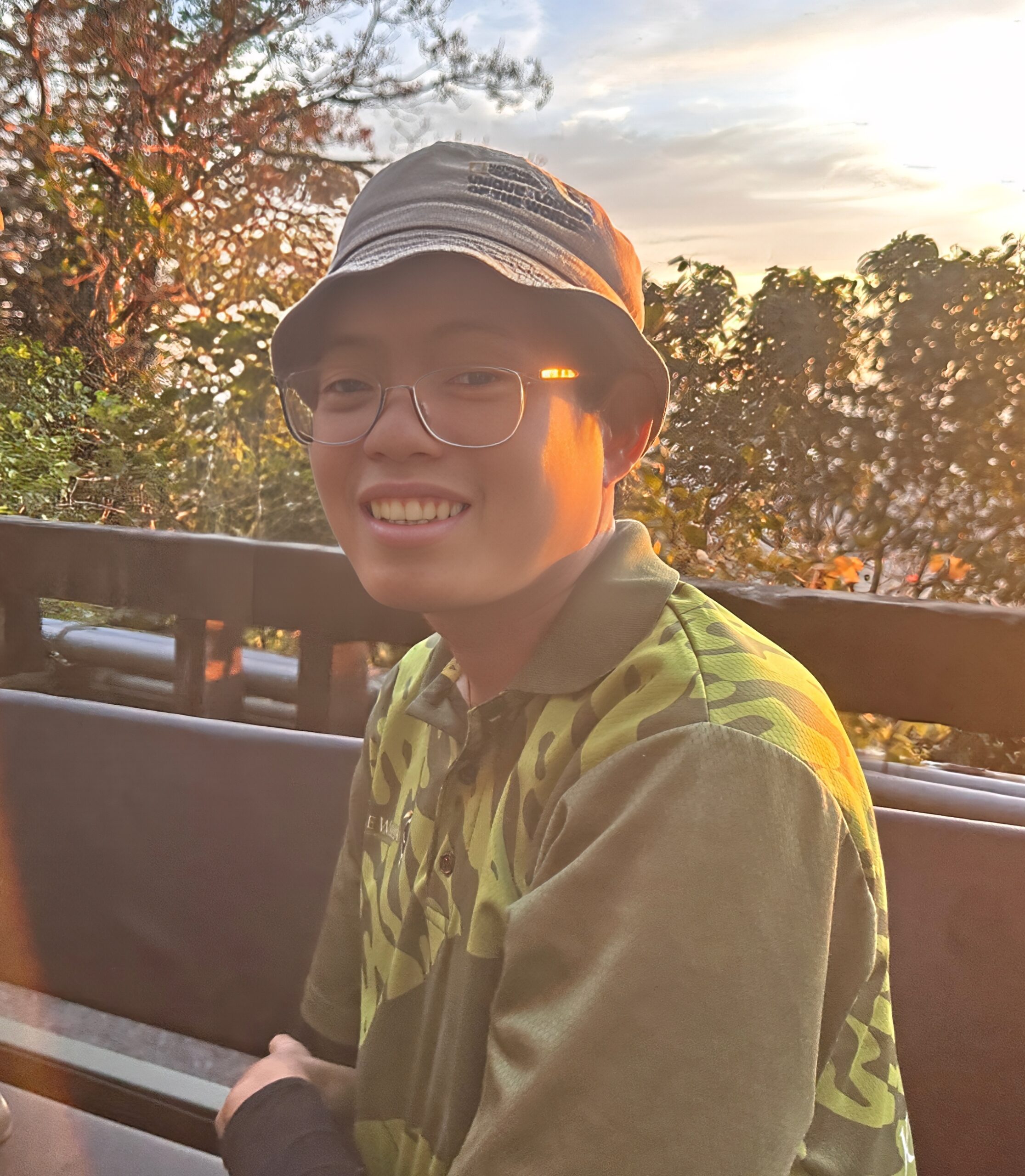
Our guide Lee Tze Jien, was full of stories and insights that brought the forest to life.
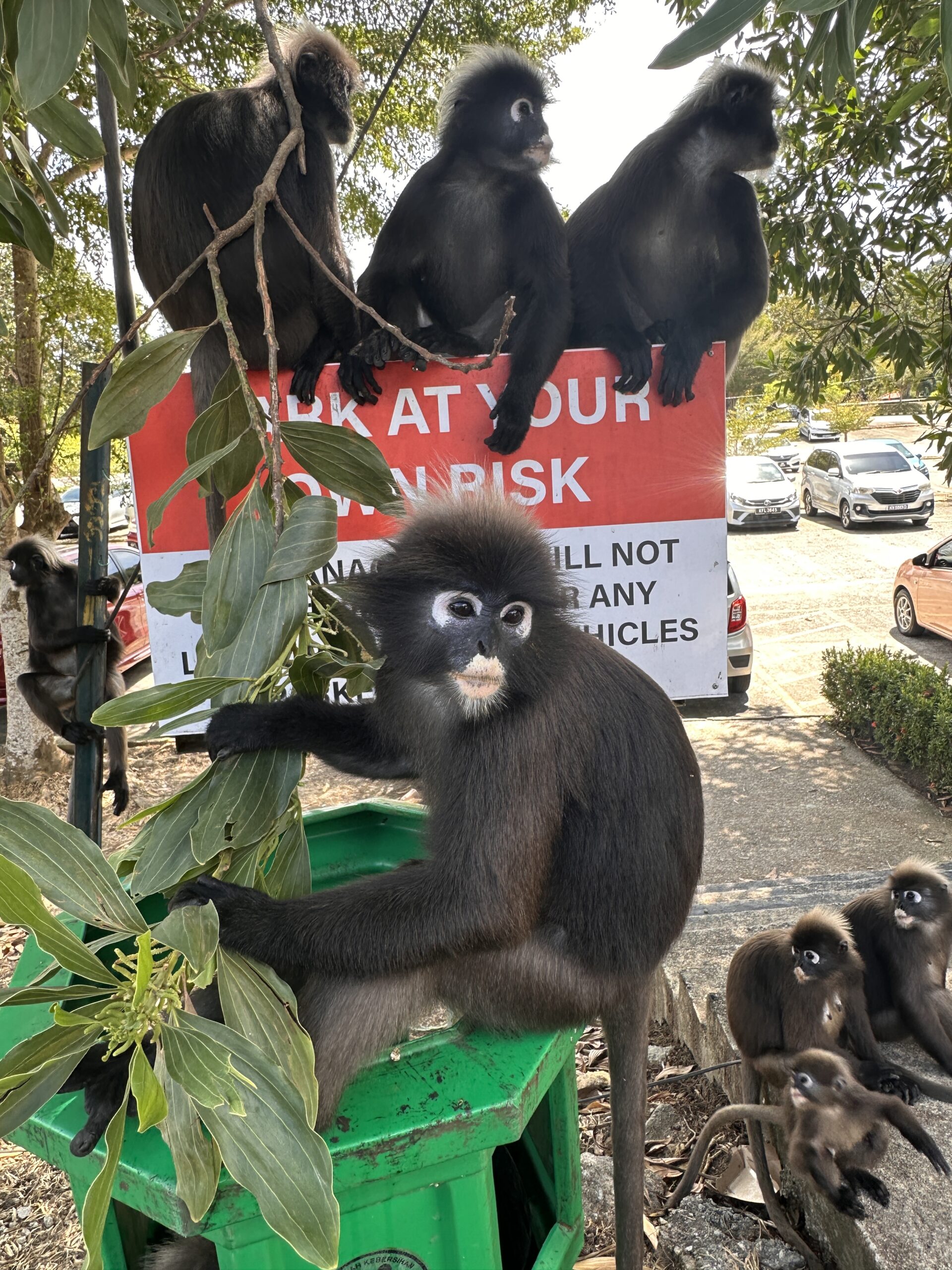
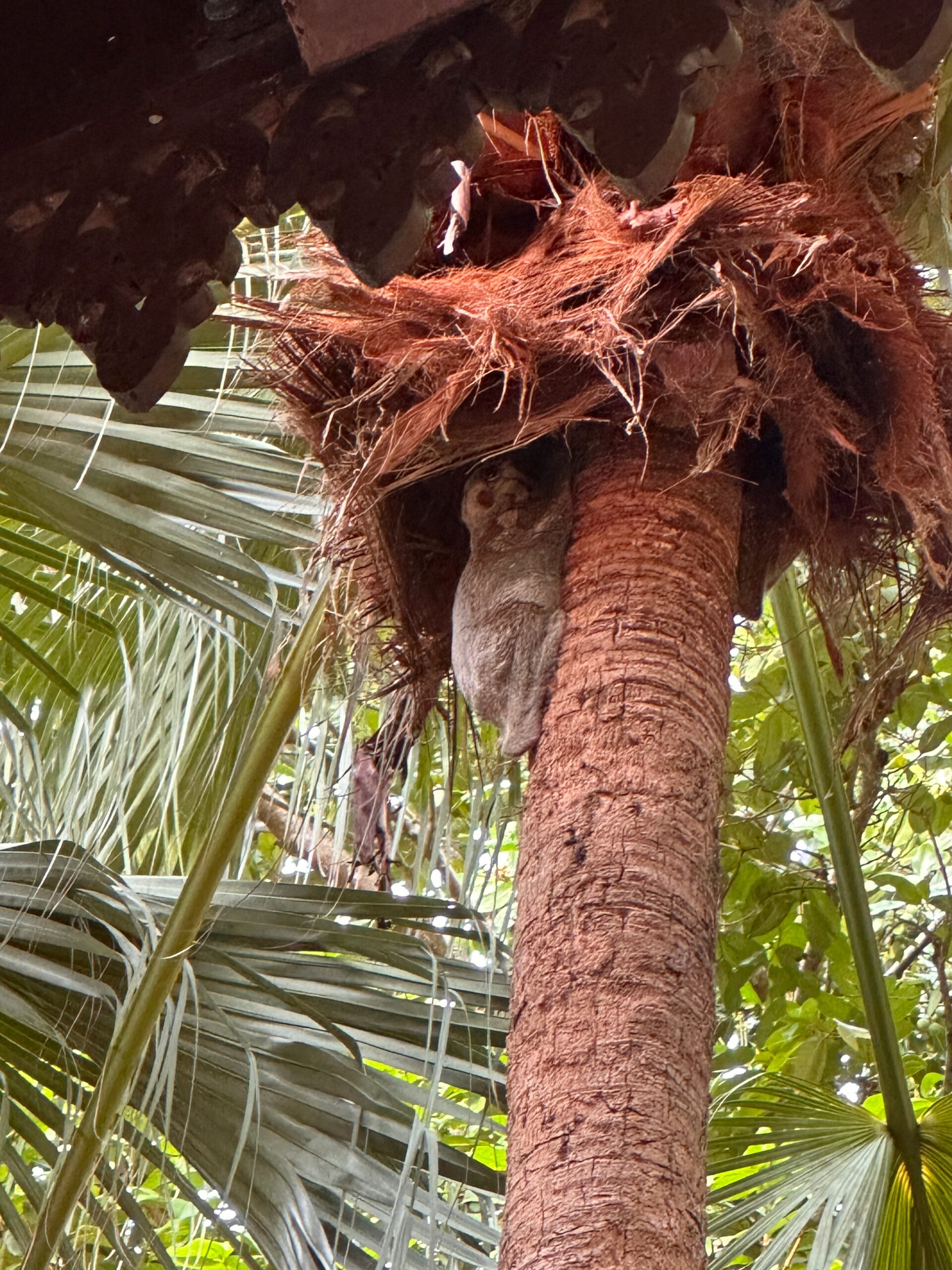
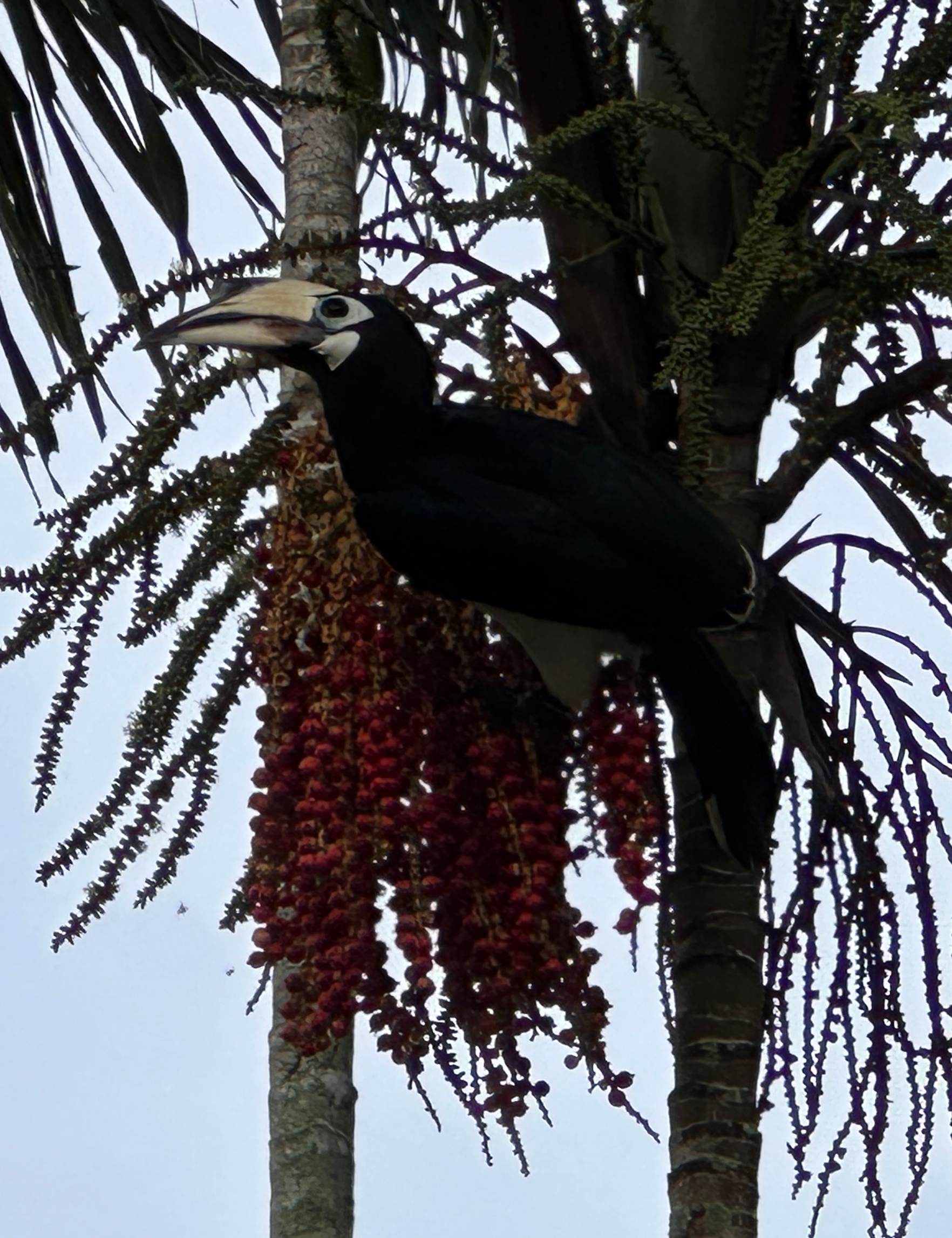
In Langkawi, you don’t have to stray far from the beaten path to see wildlife.
Less wildlife, more adventure?
For a change of pace, Pantai Cenang offers a burst of energy and colour.
The island’s main beach is lined with shops, bars and restaurants, a perfect spot to watch the sunset with a cocktail in hand.
If adventure calls, Cenang is the hub for water sports such as parasailing, jet skiing and island-hopping tours.
We spent an afternoon on a jet ski adventure that included a stop at Dayang Bunting Island, home to the legendary Lake of the Pregnant Maiden, a freshwater lake said to grant fertility, inspired by a local legend of a fairy princess.
Visitors can swim in the lake, but beware of the cheeky monkeys ready to snatch anything left unattended – and of course, the fertility warning!
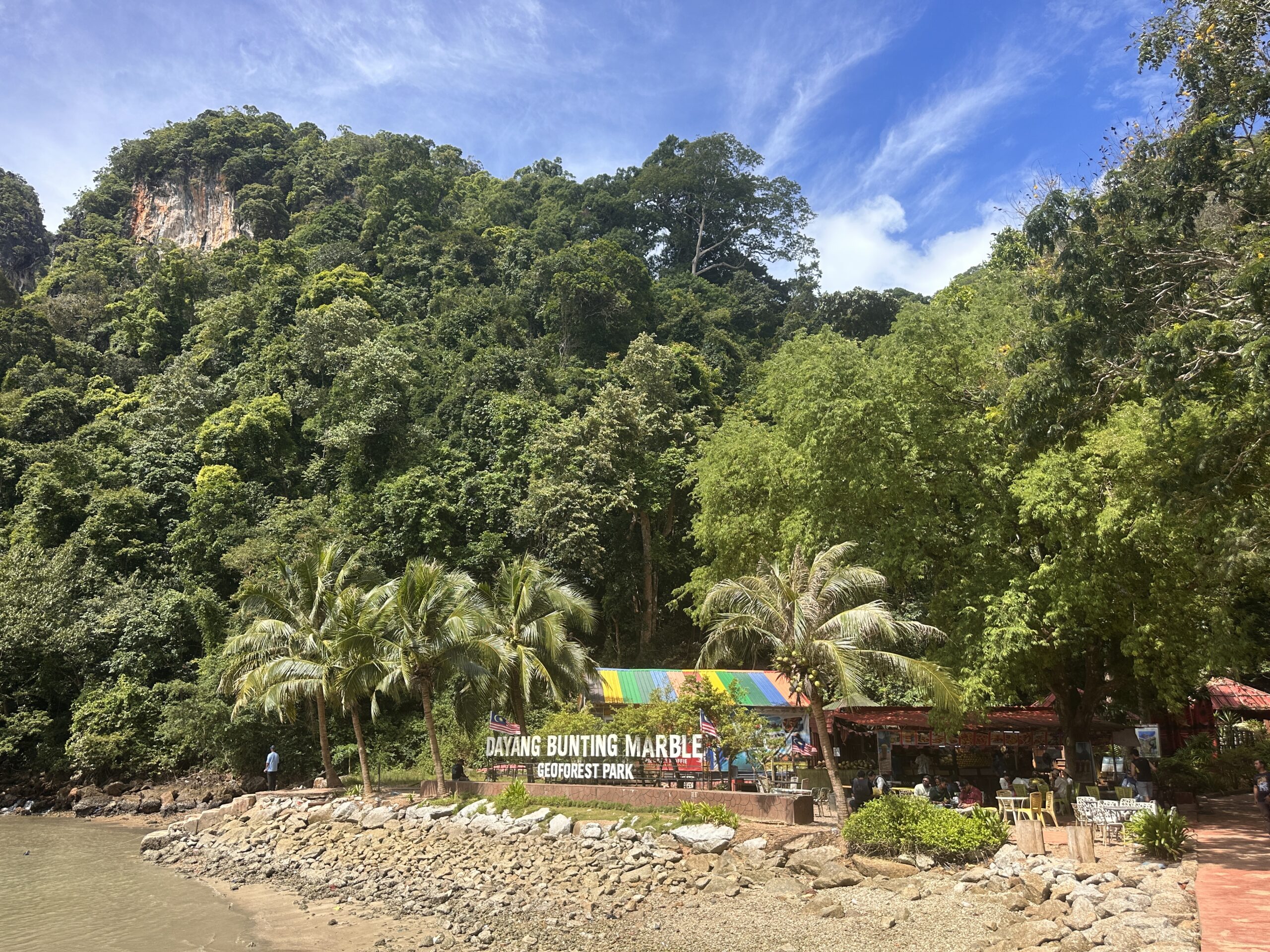


Or maybe flop and drop?
Langkawi offers an impressive range of accommodation options from luxurious five-star resorts to charming budget stays, and the island’s resorts easily give other Asian destinations a run for their money.
We stayed at the Berjaya Langkawi Resort, a sprawling luxury property set within the rainforest and just a 10-minute walk from the cable car.
The resort features a blend of rainforest chalets and overwater villas, seamlessly integrated with the natural surroundings. It is the perfect base for exploring the island’s main attractions while still feeling cocooned in nature.
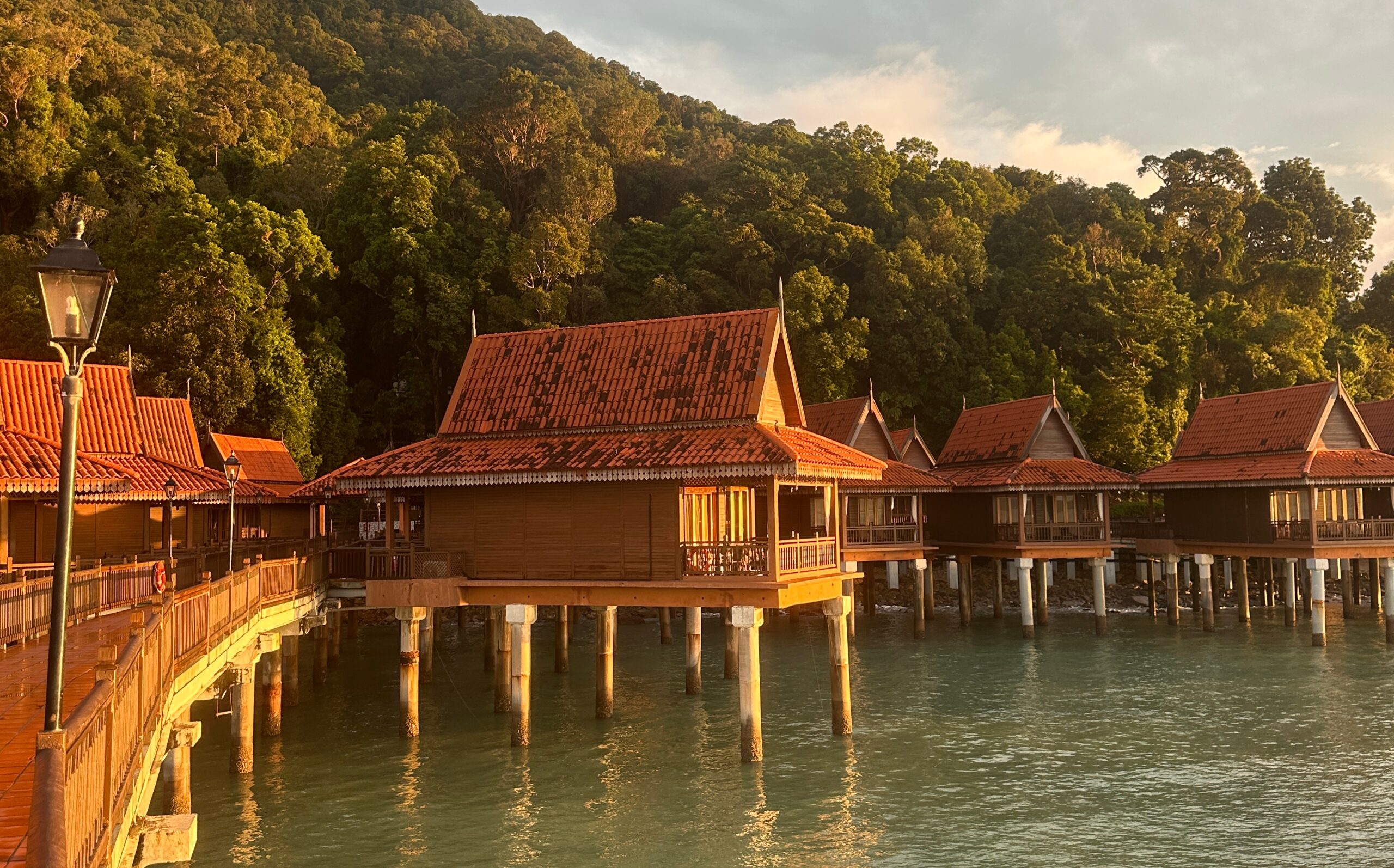
We stayed at the Berjaya Langkawi Resort, a sprawling luxury property set within the rainforest and just a 10-minute walk from the cable car.
The resort features a blend of rainforest chalets and overwater villas, seamlessly integrated with the natural surroundings. It is the perfect base for exploring the island’s main attractions while still feeling cocooned in nature.
Whether you prefer indulgent beachfront luxury, boutique eco-retreats or locally owned guesthouses, Langkawi has accommodation to suit every traveller, all delivered with the warm, genuine hospitality that Malaysia is known for.
Langkawi’s greatest charm lies in its simplicity. There are plenty of things to see and do, yet never so many that you feel rushed to tick them off.
This is an island where you can spend a morning exploring and an afternoon lounging by the pool without the slightest hint of FOMO.
Beyond the main towns, Langkawi remains blissfully unchanged, a patchwork of rainforest, rice fields and quiet kampungs.
It is a place that invites you to slow down, breathe and remember that sometimes the best kind of holiday is one where there’s nowhere else you need to be.

